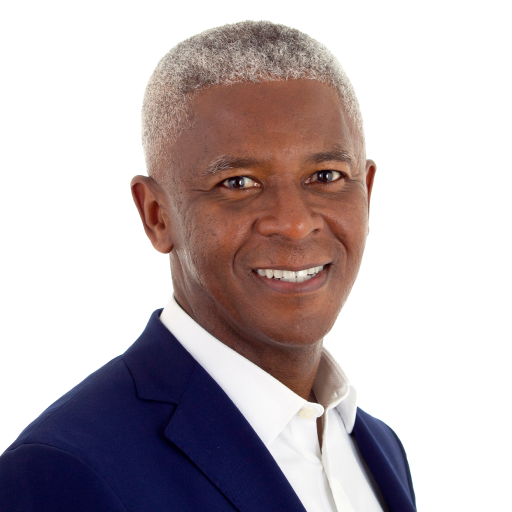The Power of a Shared Language for Advancing Racial Equity
Jan 25, 2019
The Work Requires It
As one of our core Building Blocks for racially equitable work, the Race Matters Institute of MDC, Inc. includes the need for a shared language. Without it, we cannot assume that we are referring to the same issues when we use the same terms. It is the platform on which racial equity work stands. Too often work around racial equity gets detoured because we are using the same terms with one another but meaning different things. The results can be confusion and misunderstanding – which, at its worst, erodes results and trust.
Core Definitions and Distinctions.
The Race Matters Institute offers the following distinctions for your consideration. They are derived from a broad literature focused on racial equity.
Equality v. equity. Most often “equality” is used to refer to inputs – people receive the same resource, with the expectation that the outcome will be the same. However, if people are situated differently when receiving the same resource, equal input will only reinforce existing inequalities. On the other hand, we urge the use of “equity” to refer to outcomes – all people can achieve a valued goal or circumstance – that typically require differential resources — because groups are not situated similarly at the outset. Racial equity is measurable, as seen when disparities are declining or gaps are closing across racial groups on a given indicator of well-being.
Diversity, inclusion, equity. Diversity refers to the presence of different groups and/or different perspectives. Different people and perspectives are shown to produce better organizational results. Inclusion is a feature of a setting when voice is valued from the diverse people present and they have organizational power. Inclusion is a core feature of a respectful organizational culture; it is manifested in the setting itself and the dynamics of that setting. A diverse setting without inclusion is not likely to remain diverse. Equity, as already noted, is the outcome where all people can achieve a valued goal or circumstance. It is grounded in policies and practices that are informed by and inclusive of diverse people. An equitable setting, by definition, will be inclusive and is more likely to be and remain diverse. A growing number of organizations pay attention to diversity, but far fewer pay attention to inclusion and equity. These do not substitute for one another. For example, having diverse personnel is not the same as having equitable policies.
Forms of racism. When racism is mentioned, people tend to think of interpersonal racism – where whites make judgements and statements based on harmful presumptions about people of color. These can be based in both explicit and implicit bias. Internalized racism refers to the acceptance by people of color about the negative beliefs and imagery perpetrated against them.
However, the most powerful and far-reaching racism is institutional and structural. These terms refer to the ways in which policies and practices of U.S. organizations and systems work systematically to advantage whites, and how they are reinforced by the media and national norms such as individualism and a bootstraps ideology (“anyone can achieve whatever they want if they just work hard enough”). White privilege is a term that represents all of the advantages that whites receive from institutional and structural racism, often unknowingly – such as not having to think about race in every setting or interaction, and feeling and being safe in public spaces. The work of the Race Matters Institute focuses specifically on ways to eliminate institutional and structural racism.





